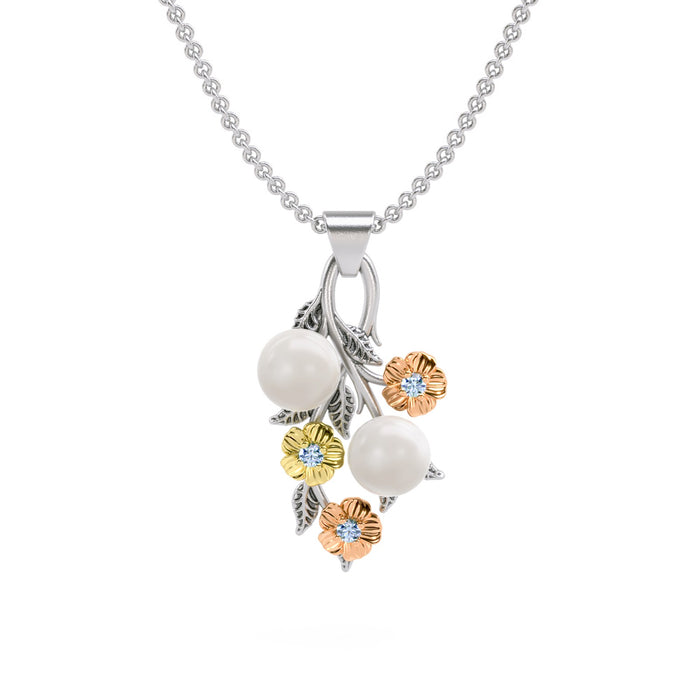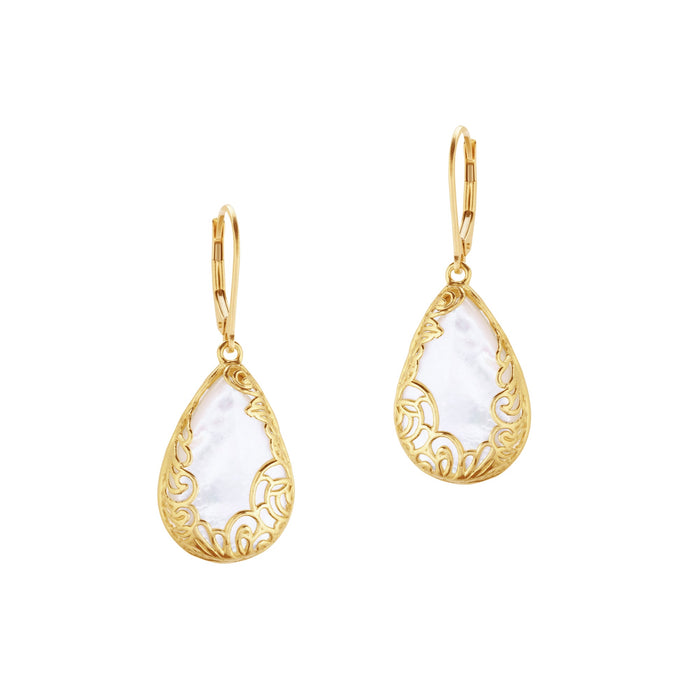Top 10 Fun Facts About Pearl Jewelry
Pearls have captivated us for centuries with their natural luster and timeless elegance. As one of the oldest gems known to humanity, they've adorned royalty and the fashion-forward alike, carved out a special place in the heart of jewelry enthusiasts. In this deep-dive blog, we set out to demystify these treasures of the sea. Through a lens of history, culture, and even science, we bring you 10 fun facts about pearl jewelry, from ancient origins to modern renaissance.
1) The Origin of Natural Pearls and Cultured Pearls
Natural pearls are formed when an irritant, such as a parasite or piece of sand, makes its way into a mollusk. The mantle tissue of the mollusk secretes a substance called nacre, which coats the irritant and over time produces a beautiful pearl. This process can take up to seven or eight years, resulting in a rare and exquisite gem. In contrast, the modern technique of culturing pearls was perfected in the early 20th century by Kokichi Mikimoto -- it involves artificially introducing an irritant into the mollusk, which then creates a pearl with human intervention.
2.The 10,000-Year-Old Industry
It's no surprise that the pearl industry is as ancient as it is prestigious. Archaeological evidence suggests humans may have been adorning themselves with pearls as long as 10,000 years ago. The oldest known pearl jewelry was discovered in the sarcophagus of a Persian princess dating back to 420 BC, proof that pearls have enduring appeal and cultural significance.
3.The Pearl of Great Price
In many cultures, pearls have represented wealth and social status. This symbolism led to famously high prices, especially for perfectly round ones. The phrase "pearl of great price" is actually derived from a biblical parable that compares the value of the Kingdom of Heaven to a merchant seeking fine pearls.
4.Pearls in Pop Culture
Pearls have frequently been featured in literature and art. For instance, in Shakespeare's 'The Tempest,' pearls adorned the character Miranda, symbolizing her purity and virginity. Additionally, American painter James Whistler's iconic work 'Whistler's Mother' captures the image of a matronly figure adorned in a classic strand of pearls, an image that has become synonymous with the archetype of an elegant woman.
5.The Versatility of Pearl Jewelry
Pearls are more versatile than you may think. Traditionally, we associate them with formal attire, but pearls have made a comeback in recent years as modern, casual jewelry. They can be found in a range of colors, from the classic white to pink, blue, green, and black, allowing for a unique personal statement with any outfit.
6.Sustainable Harvesting
In this age of sustainability, pearls present as an ethical choice for jewelry enthusiasts. Unlike other gems that are mined, pearls are harvested from the sea, and their harvesting can be done in an environmentally-conscious manner. This is particularly true of cultured pearls, which can be grown with minimal disturbance to natural marine habitats.
7.The Power of Pearls
In folklore, pearls were believed to have a healing power. Ancient Chinese and Egyptians believed in their ability to cure all kinds of ailments, from heart disease to insanity. Some modern advocates of crystal healing still believe that pearls can calm and center the wearer energetically.
8.The Queen of Pearls
Known as 'La Peregrina,' this pearl is considered one of the most famous pearls in the world. It was discovered around the 16th century and was later owned by historical figures including the Queen of England and Elizabeth Taylor. The pearl's name means "the pilgrim" or "the wanderer," possibly because it made a long and unique historical pilgrimage among famous personalities.
9.Pearls For a Cause
A symbol of purity and innocence, pearls are often used to support charitable causes. For example, there's a long-standing tradition of using pearls in jewelry to support cancer patients, representing the luster of hope even in the toughest of times. It's a poignant symbol that has been embraced by various foundations and initiatives.
10.Personal Pearls
Finally, pearls are eminently personal. They're the only gem created by a living organism, and as such, they come with a unique authenticity. Every pearl in a piece of jewelry is distinct, like a fingerprint, which means wearing pearls is a celebration of individuality. Whether you're choosing a piece for an event or as an everyday staple, pearls offer elegance with a personal touch.
From their ancient beginnings to their modern interpretations, pearls continue to hold a special place in the world of jewelry. With each piece embodying a unique story and significance, they're more than just a beautiful adornment; they're a testament to the human connection with nature and art.
In conclusion, pearls have woven their silken thread through the tapestry of history, evolving from a symbol of power and prestige to a modern accessory of style and sustainability. Their journey speaks to a deep human affinity for nature's artistry and a constant desire to encapsulate beauty in forms that transcend time. Be it for fashion, healing, or commemoration, pearls continue to enchant us with their understated elegance and profound legacy. As we embrace the ever-changing landscape of jewelry design, pearls stand steadfast, a true testament to classic allure, each with its own silent story, mirrored in the depth of the seas from where they came.




